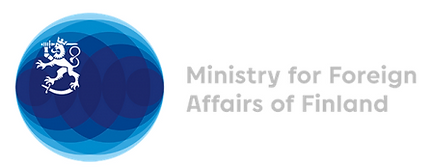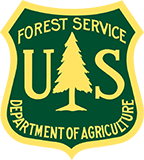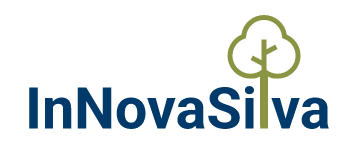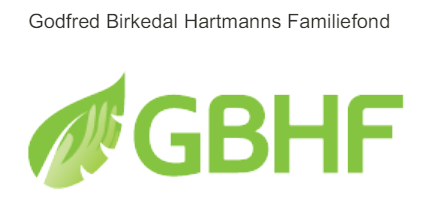
ABOUT US
Who we are
The Resilient Future Forests Laboratory (RFFL) is a global network of demonstration and research plots that cover large gradients of climatic and socio-economic condition. The RFFL network provides the foundation for transforming forests, landscapes, and land use to enhance provision of ecosystem services while providing greater resilience and adaptation under future conditions.
The RFFL is a vehicle for science-society and science-practice interactions to promote more productive and sustainable forms of landscape management, by engaging with stakeholders from the forestry and agriculture sectors, land managers and investors, as well as government decision-makers.
Mission
Objectives
What we hope to accomplish in the long-term
The Resilient Future Forests Lab will establish a global network of demonstration and research landscapes that documents, demonstrates, and supports implementation of innovative silvicultural and restoration methods grounded in operational practice and applied science.
Forest research in all parts of the world has a rich legacy of field trials including long-term experiments and demonstration sites covering the entire lifespan of forest stands – inter alia under the auspices of IUFRO.
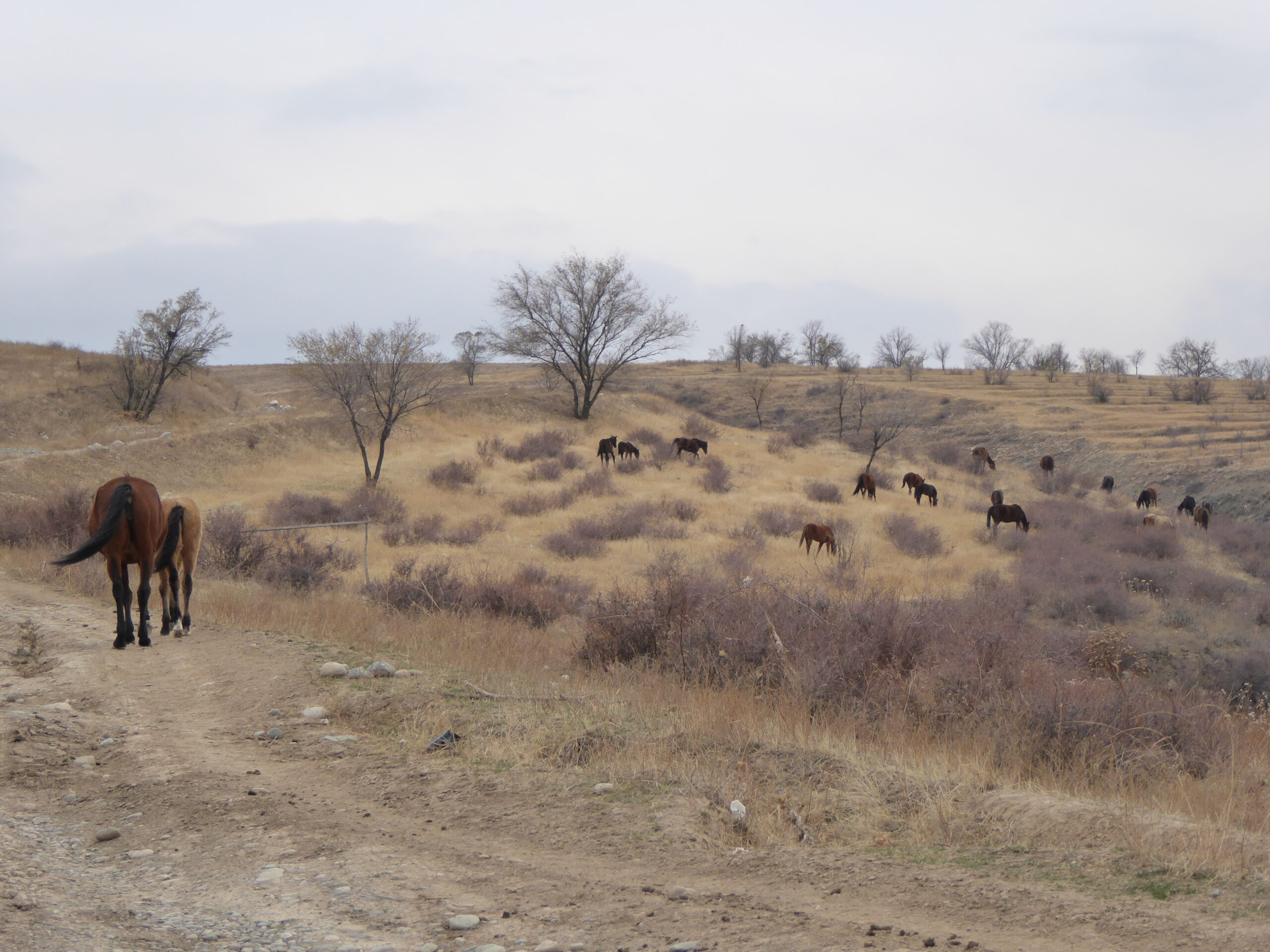
Expected outputs
- A network of partners who contribute to the overall objectives of the platform, establish RFFL demonstration and research locations that address and visualise mutually accepted management objectives and criteria, and share data and information with other participants as well.
- Multiple ecosystem services beyond e.g., wood production, carbon sequestration, erosion control, and biodiversity habitats may be evaluated depending upon local needs and site conditions (e.g., protection of water resources, amenity values and aesthetics, non-wood products, grazing by domestic stock, and game management).
- Overall values estimated by techniques such as Total Economic Value will assist strategies, making trade-offs with full understanding of consequences.
We do this by
Addressing key local questions related to management of forest landscapes; Demonstrating innovative silvicultural techniques – e.g. around nursery techniques, stock type selection, improving soil moisture, reducing impact of grazers; Testing new plant materials – provenances, species; Utilizing new sensors and monitoring/inventory techniques to document benefits; Communicating and openly sharing information locally, regionally, and globally to improve public understanding, engagement, ownership, and decision making among all stakeholders involved.
Multifunctional forest landscape platform
Innovative solutions
50 hectares
Inventory and monitoring technology
A development platform based on multifunctional forested landscapes, separated functionally at the stand-level installing operational scale plots (min. 0.5 hectare) in statistically sound designs with replications, and possibly a nested plot design, too.
- Each RFFL location visualizes and compares:
- Innovative solutions
- Business as usual (BAU)
- Do nothing
- Each RFFL location should reach an area of min. 50 hectares to ensure a scale of relevance and persistence.
- Locations use new and rapidly developing technology for frequent, cost-efficient yet high-resolution inventory and monitoring.
Partners
InNovaSilva, ApS, Vejle, Denmark
Research and Production Center for Forest Research, National Academy of Sciences of the Kyrgyz Republic
Forestry Research Institute of Uzbekistan, Tashkent, Uzbekistan
Center for Forest Disturbance Science, US Forest Service, Athens, Georgia USA
Center for Bottomland Hardwood Research, US Forest Service, Starkville, Mississippi USA
Sponsors
